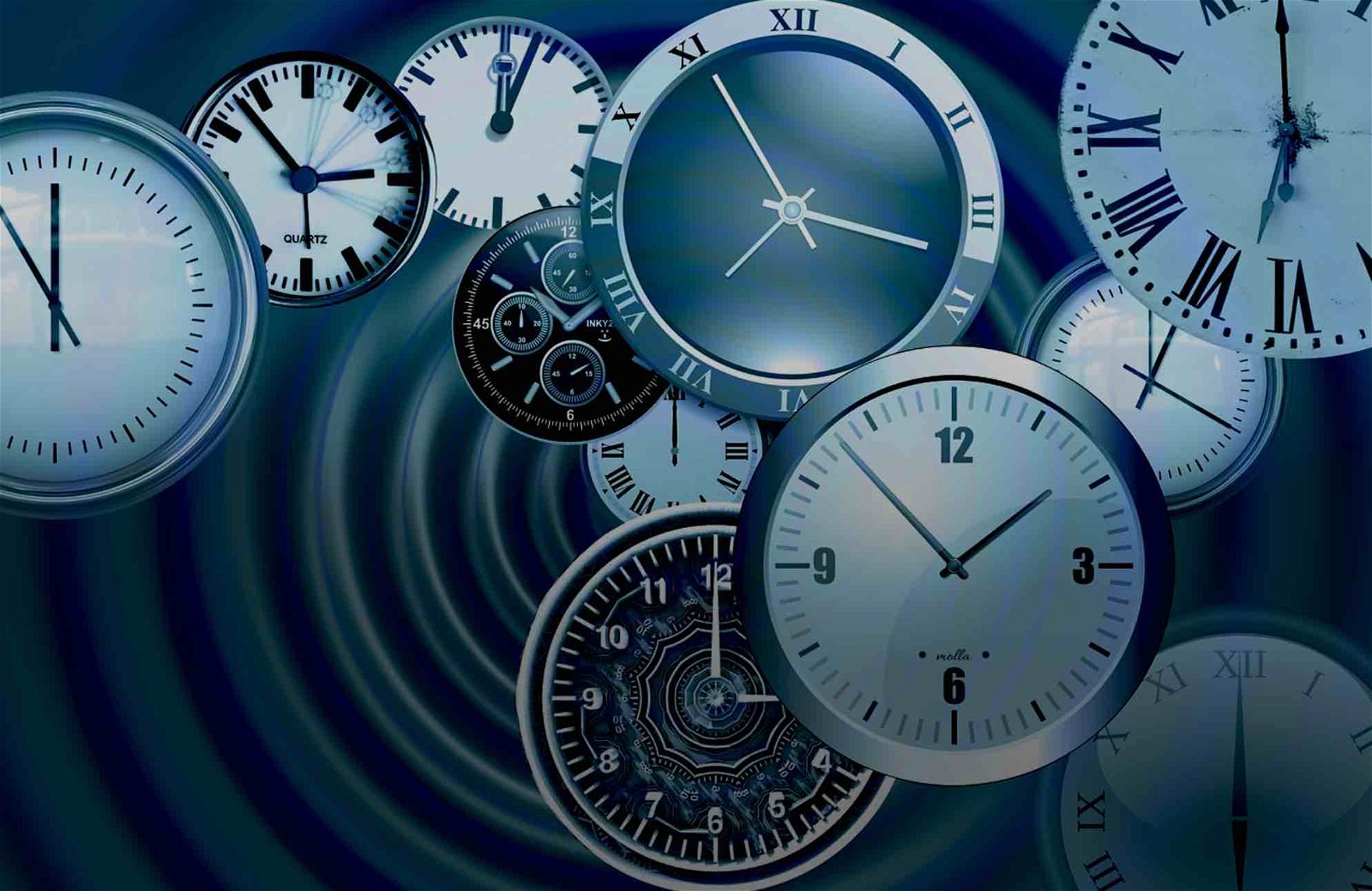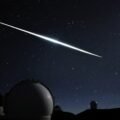In 1957, the astrophysicist Herman Bondi wrote a paper in which he considered the possible existence of a negative mass in Albert Einstein’s theory of gravity. A negative mass would repel a positive mass away from it. Given that, a pair of positive and negative masses could accelerate together up to the speed of light. The negative mass would push away the positive mass which in turn would pull the negative mass for the ride. The runaway pair would accelerate indefinitely, without any need for fuel or a propulsion system. Energy conservation would not be violated because the sum of the two masses is zero.
However, in a recent discussion I had with my brilliant collaborator, Mark Hertzberg, we agreed that the existence of a negative mass in nature would allow for a time machine in which one can visit the past. The reason is simple. A positive mass delays the arrival of light that passes near it, as recognized in a seminal paper by my distinguished colleague, Irwin Shapiro.
The “Shapiro time delay” near a positive mass reverses sign and turns into a “Shapiro time advance” near a negative mass. If the sender is moving sufficiently close to the speed of light, the Shapiro time advance would mean that a light signal can be reflected off a mirror and arrive back to the sender when the sender’s clock shows a time earlier than the original transmission time of the same signal.
Effectively, the Shapiro time advance is equivalent to communicating with a faster-than-light particle which violates causality. Within Einstein’s gravity, the technical term for a time machine of this type is a “closed timelike curve.”
Within the standard framework of Einstein’s gravity, a negative mass would allow children to prevent their parents from giving birth to them, a logical inconsistency. Time machines can also be created by traversable wormholes which, as Stephen Hawking recognized in a seminal paper about “chronology protection” from 1992, require negative energy as well.
“It has been suggested that an advanced civilization might have the technology to warp spacetime so that closed timelike curves would appear, allowing travel into the past,” the abstract of Hawking’s paper begins, and thereafter concludes by saying, “These results strongly support the chronology protection conjecture: The laws of physics do not allow the appearance of closed timelike curves.” Hawking’s conclusion was supported in a subsequent paper by Bernard Kay, Marek Radzikowski and Bob Wald, but the final verdict on its validity is awaiting a better understanding of quantum gravity.
If time machines are absent, what are the most extreme distortions of spacetime that our Universe is known to display?
In Einstein’s gravity, the Earth orbits the Sun because the Sun curves space. An analogy is offered by the surface of a trampoline which is curved by a bowling ball, causing a marble with the proper speed to move in a circle around the heavier ball. Removing the bowling ball would release the marble on a straight trajectory on the flat trampoline. Similarly, discarding the Sun would free Earth on a straight path toward interstellar space.
The spacetime curvature created by the Sun at our location is characterized by a length scale that is equal to the inverse of the square root of (GM/r^3c^2), where G is Newton’s constant, M is the mass of the Sun, r is the Earth-Sun separation, and c is the speed of light. Plugging in the relevant numbers yields a curvature length of 10,000 times the Earth-Sun separation. Another way to derive this number is by recognizing that the Earth’s speed around the Sun is 10,000 smaller than the speed of light, c.
Other astrophysical objects display a stronger spacetime curvature over a shorter length scale. The largest distortions of spacetime are expected near a black hole. Limiting our attention to the accessible region outside the event horizon, this curvature length scales in proportion to the black hole mass. The most massive black holes in the Universe have a mass of ten billion solar masses and a curvature scale of 1,000 times the Earth-Sun separation. The curvature length shrinks by billions of times for black holes or neutron stars formed from the collapse of massive stars.
What is the largest spacetime curvature that we observed so far in the Universe? It corresponds to a length scale of about 24 kilometers, the size of a large city on Earth, and is realized on the surface of neutron stars which carry about twice the mass of the Sun atnuclear density.
The same spacetime curvature characterizes an atomic nucleus because it has the same matter density as a neutron star. But a curvature length of 24 kilometers is 19 orders of magnitude larger than the size of an atomic nucleus and therefore has no significance when nuclei are smashed into each other in CERN’s Large Hadron Collider.
In conclusion, based on all we know from observations or theory within the standard model of physics, negative masses are forbidden for the same reason that time machines are not allowed. If aliens were able to create negative masses and use them for travel, then they would have also been able to travel back in time.
If time travel had been feasible, then future generations of quantum-gravity physicists could have been able to visit Earth and rewrite our history as they wish. For example, they could have killed Adolf Hitler and allowed six million Jews to thrive in Europe between 1939 and 1945. The fact that this never happened suggests that either time machines will never be constructed in our future or that their creators have no interest in saving human lives.
Avi Loeb is the head of the Galileo Project, founding director of Harvard University’s – Black Hole Initiative, director of the Institute for Theory and Computation at the Harvard-Smithsonian Center for Astrophysics, and the former chair of the astronomydepartment at Harvard University (2011-2020). He is a former member of the President’s Council of Advisors on Science andTechnology and a former chair of the Board on Physics and Astronomy of the National Academies. He is the bestselling author of “Extraterrestrial: The First Sign of Intelligent Life Beyond Earth” and a co-author of the textbook “Life in the Cosmos”, both published in 2021. His new book, titled “Interstellar”, was published in August 2023.

